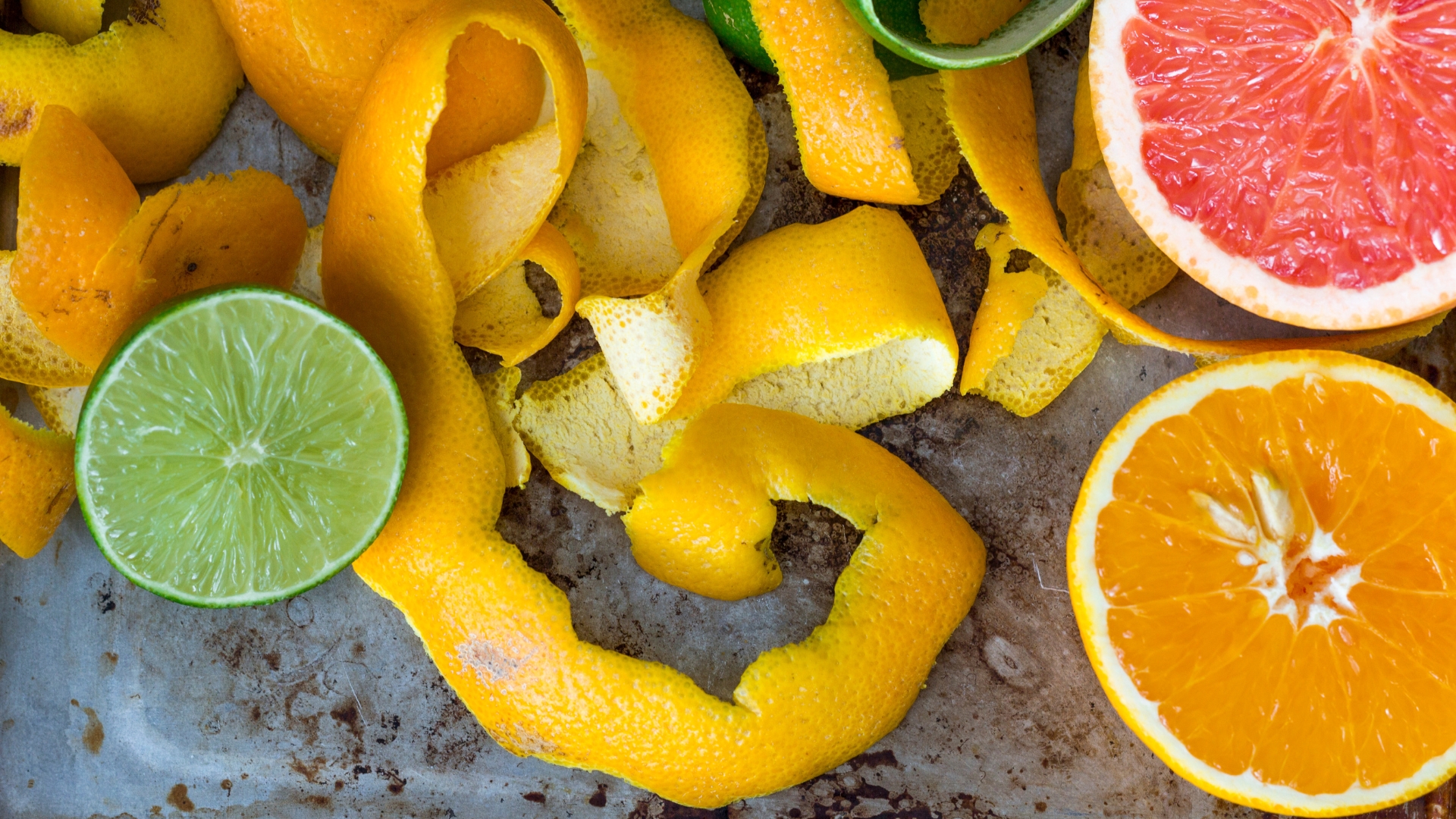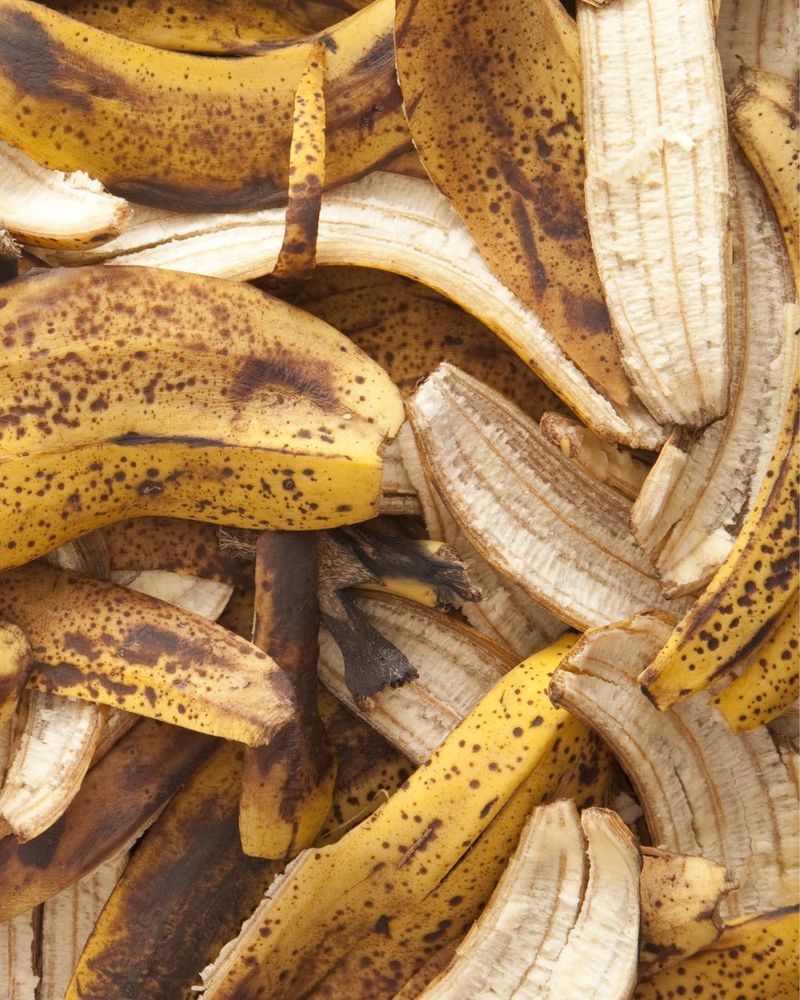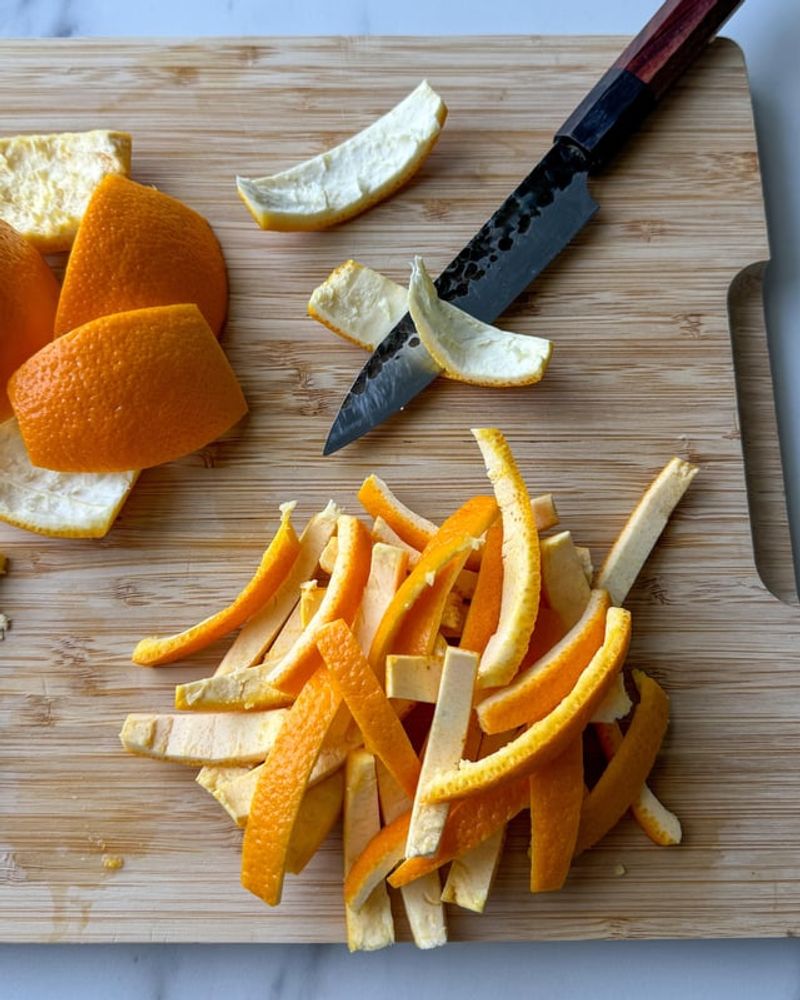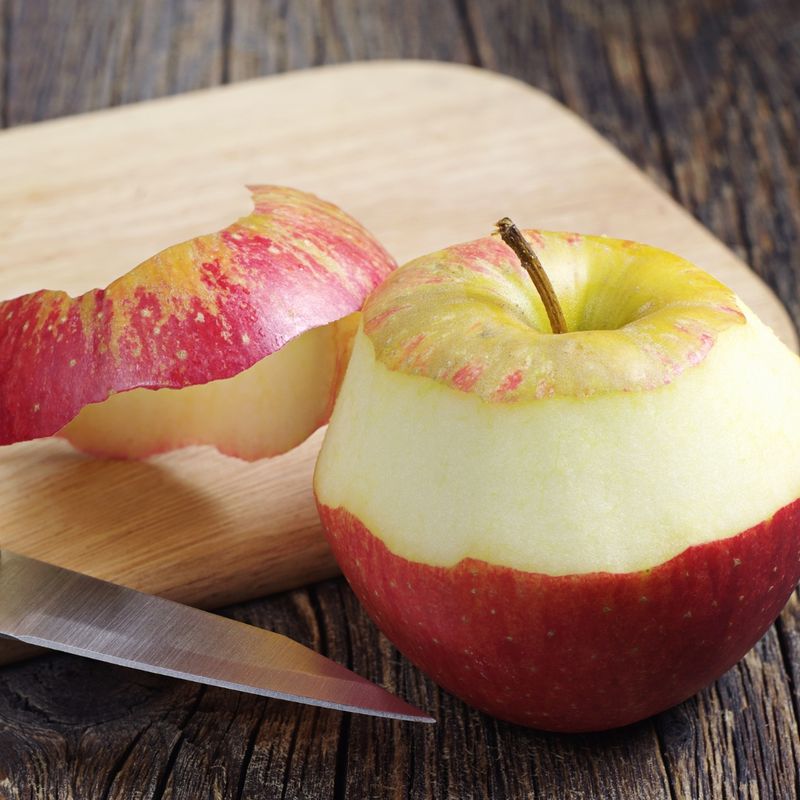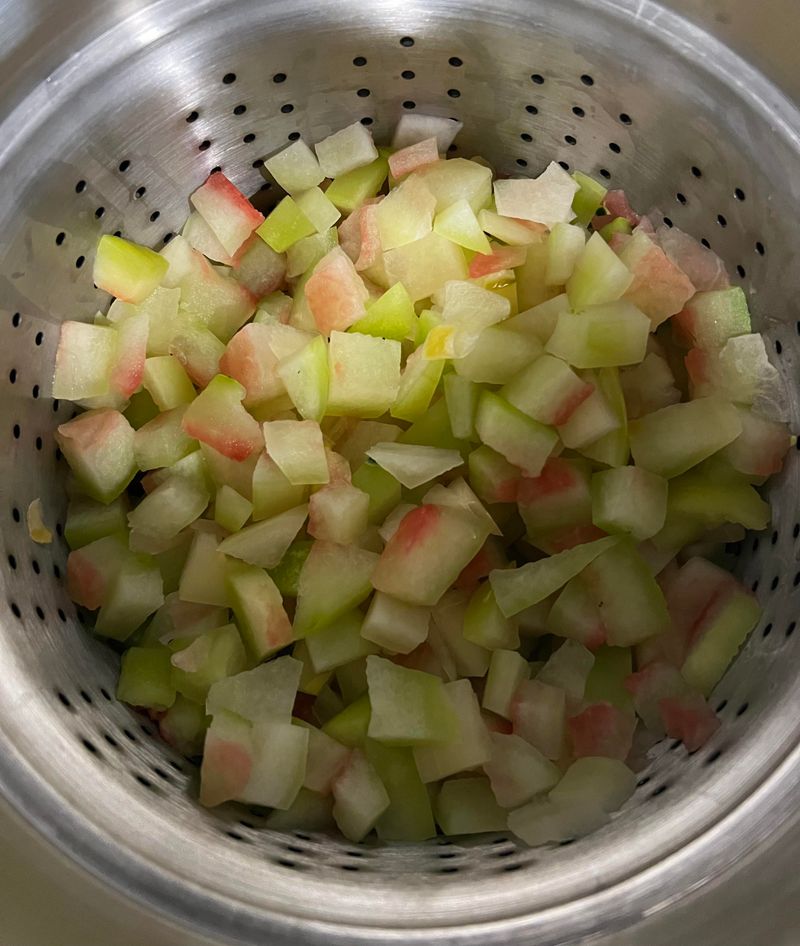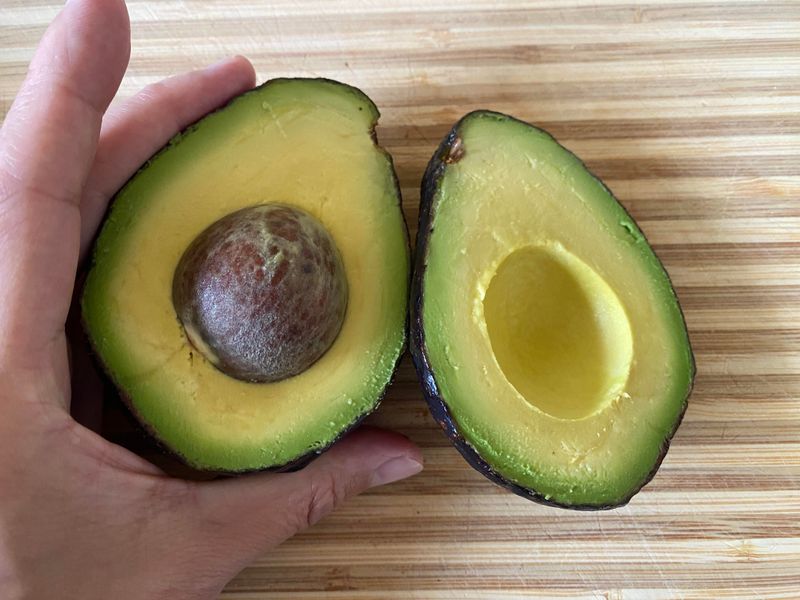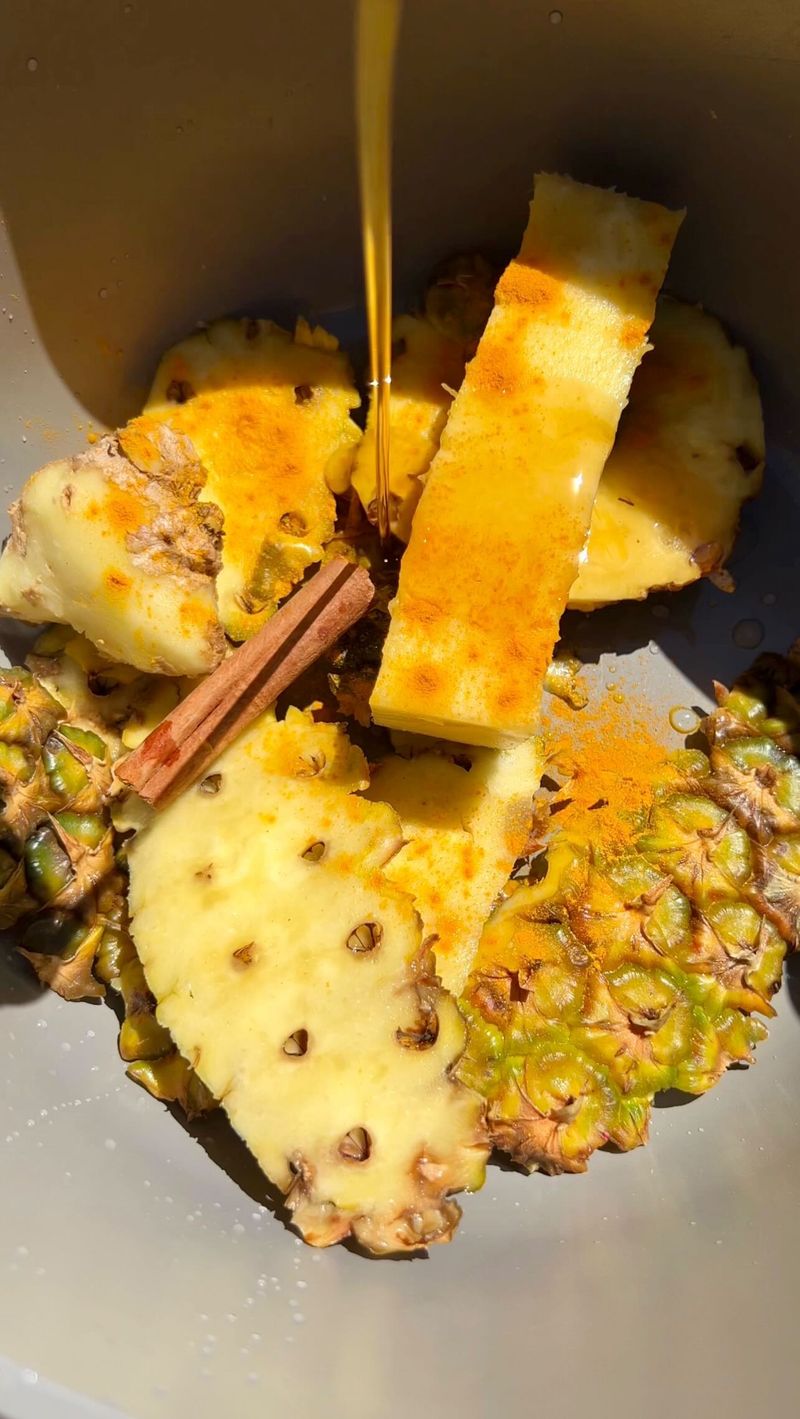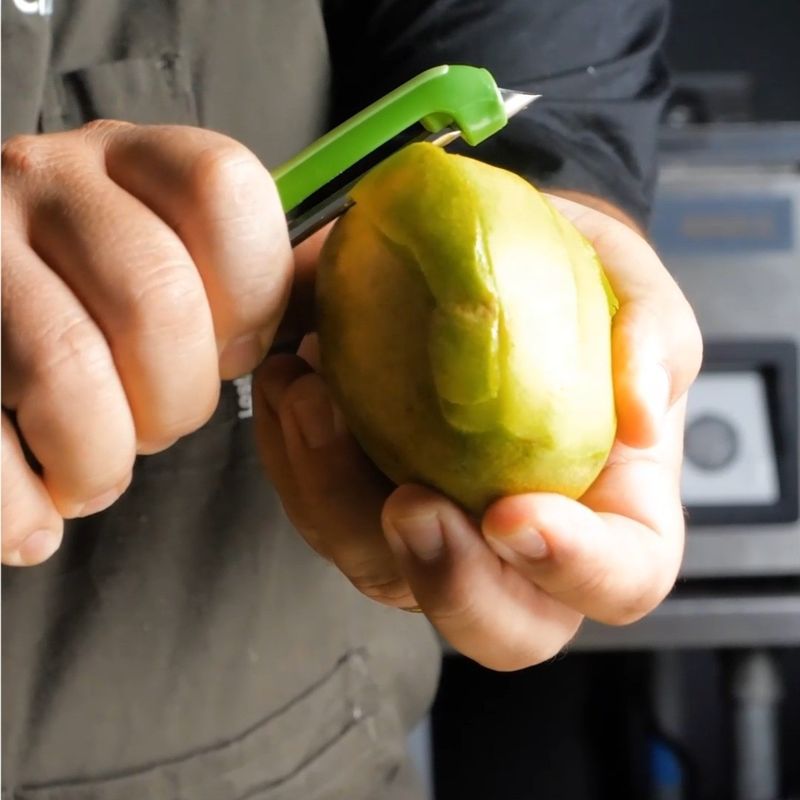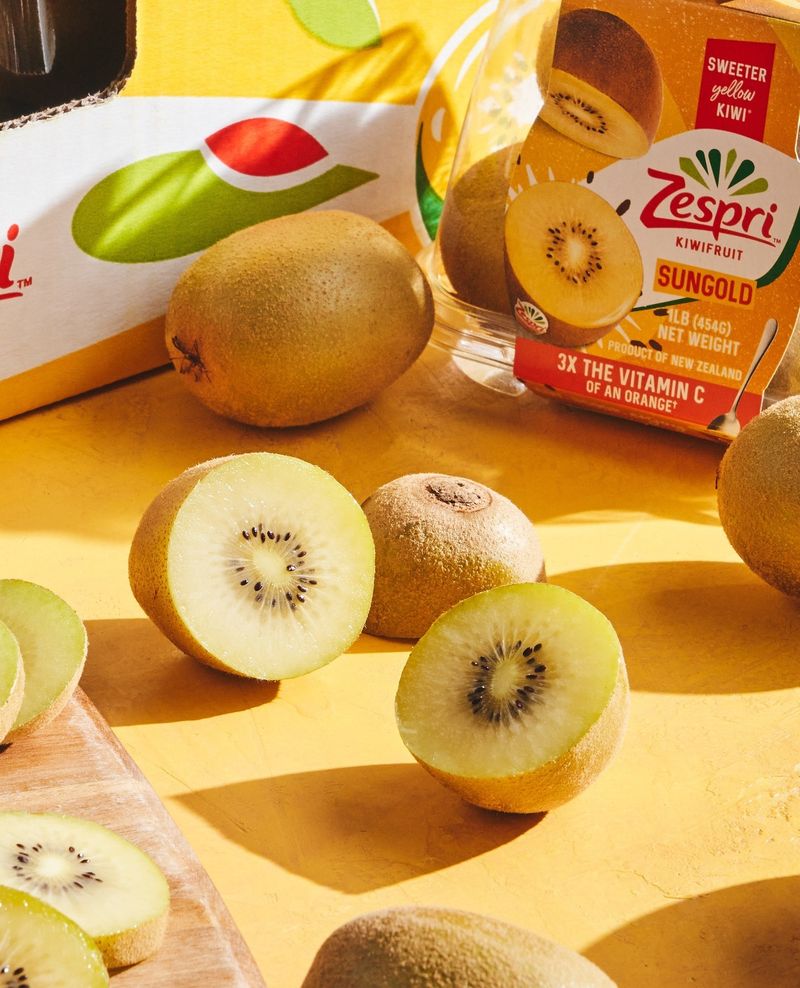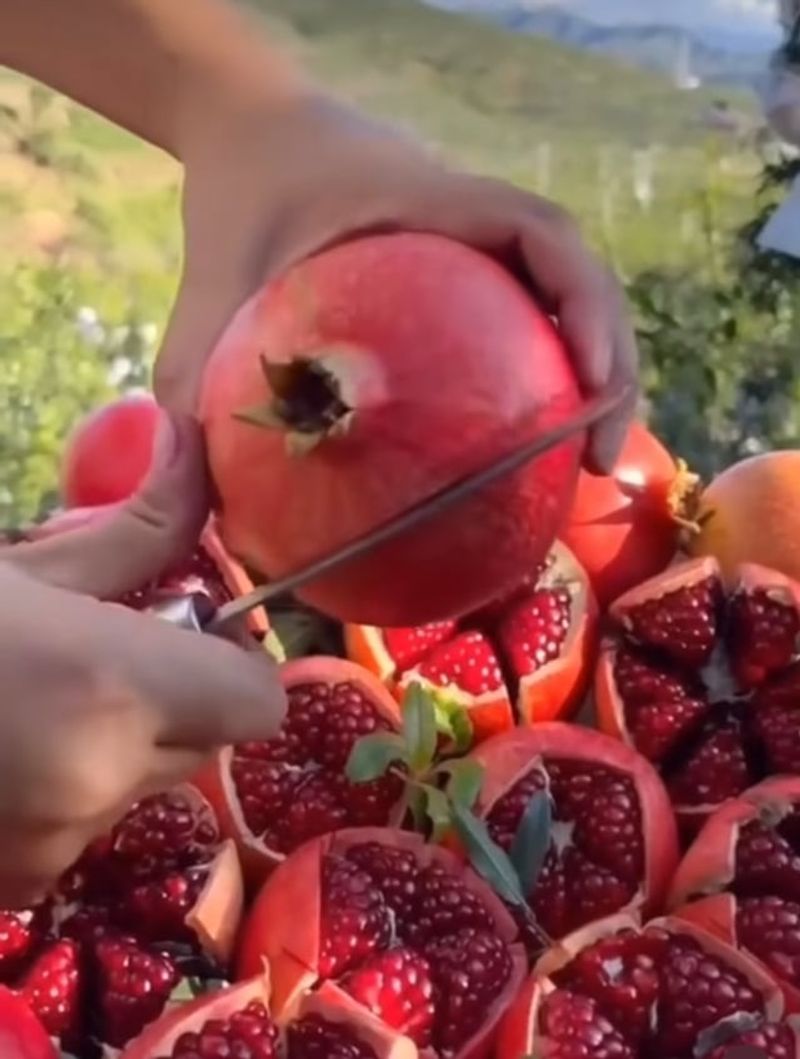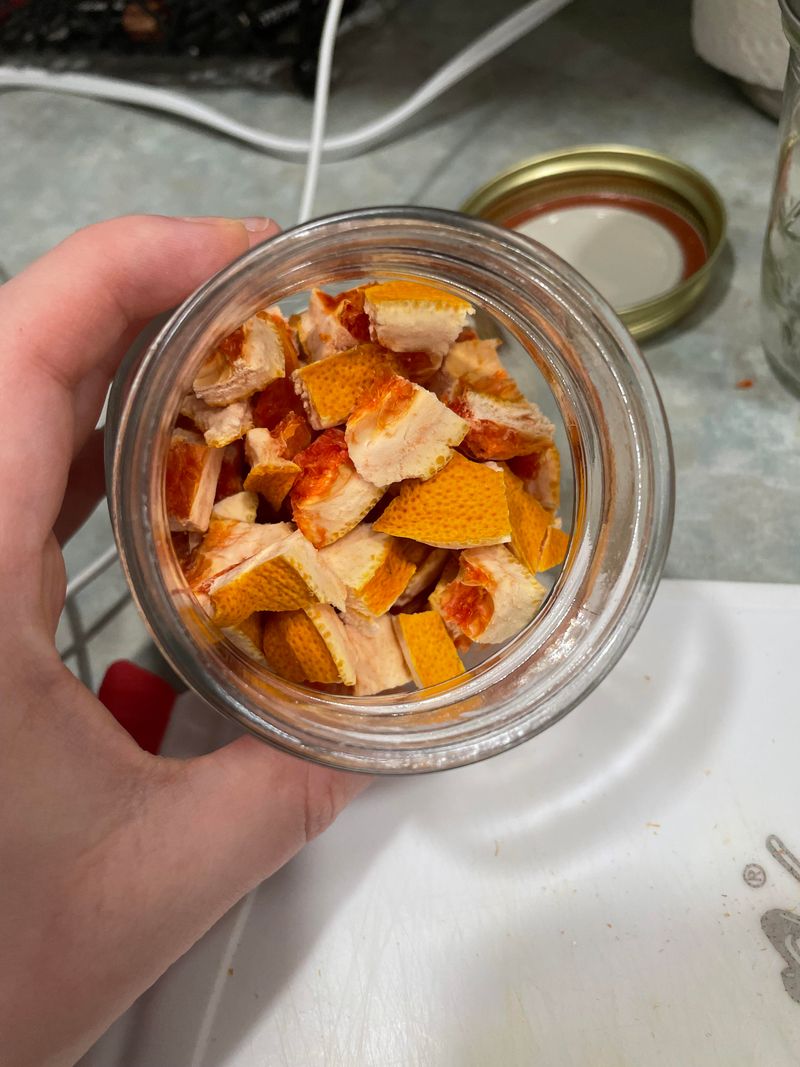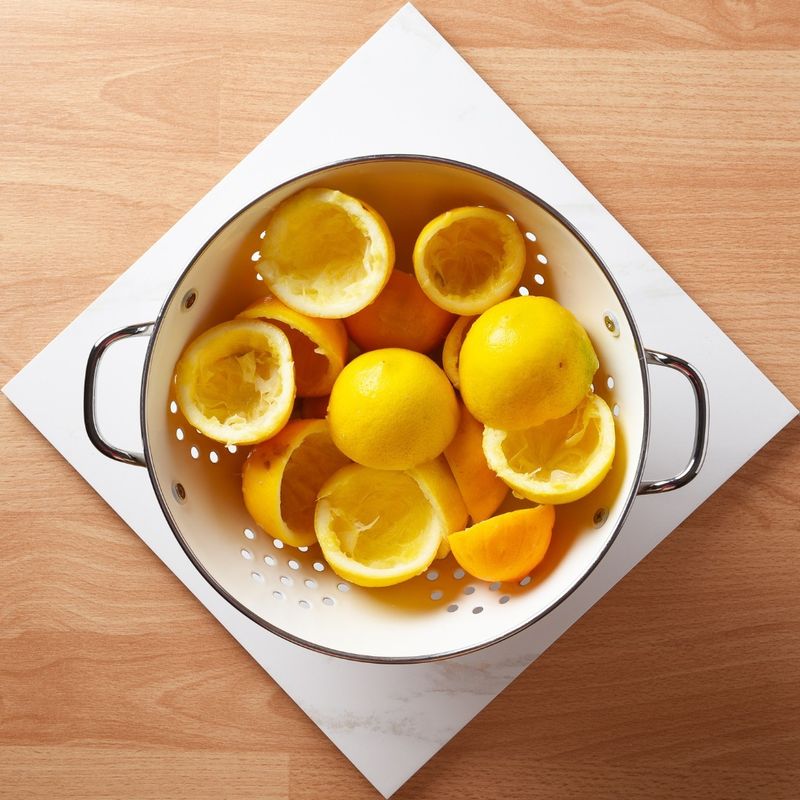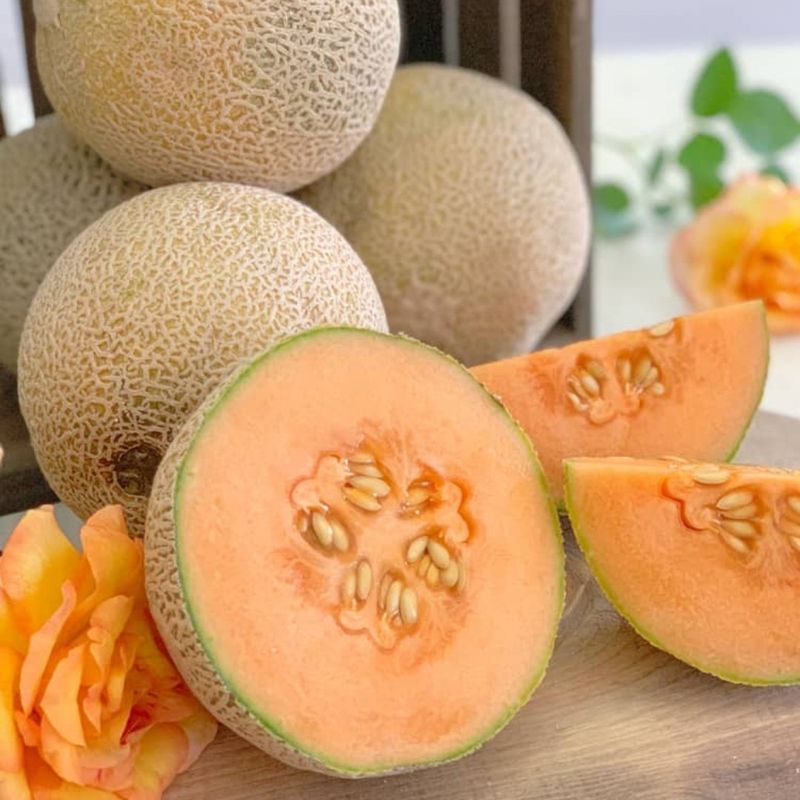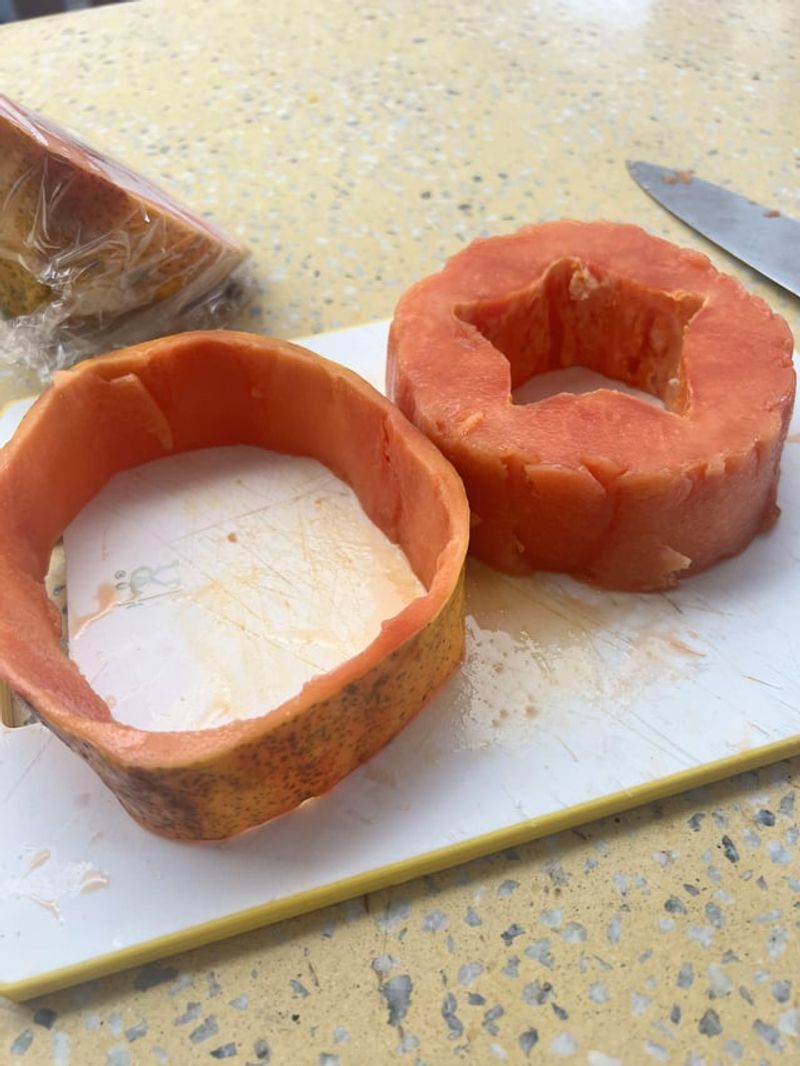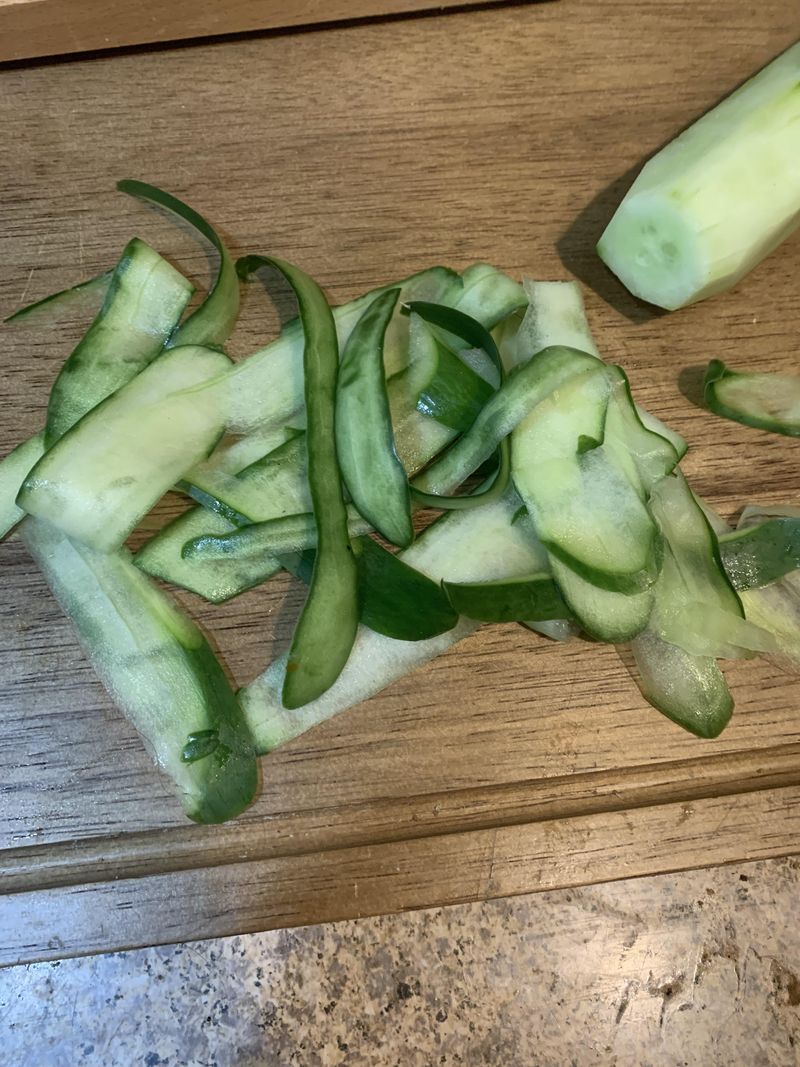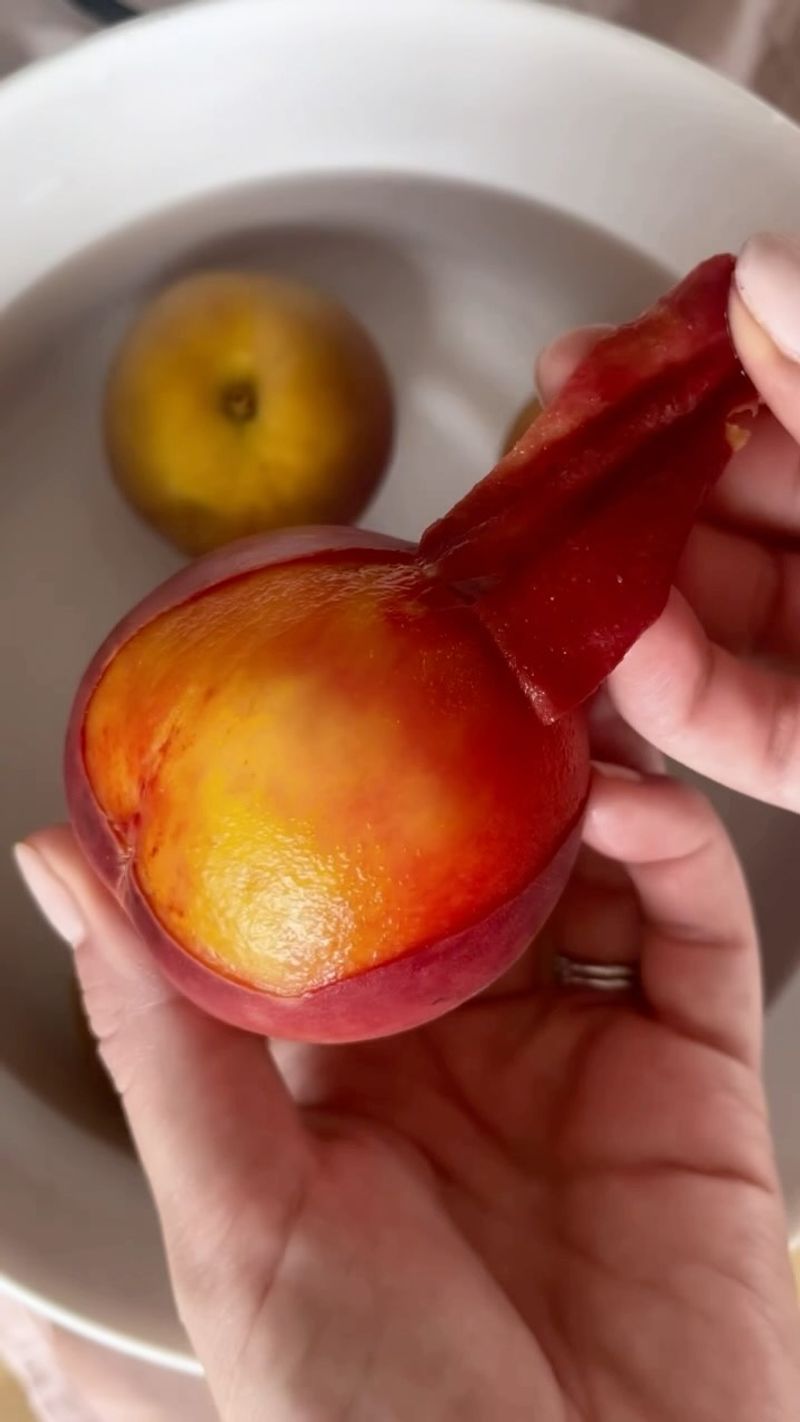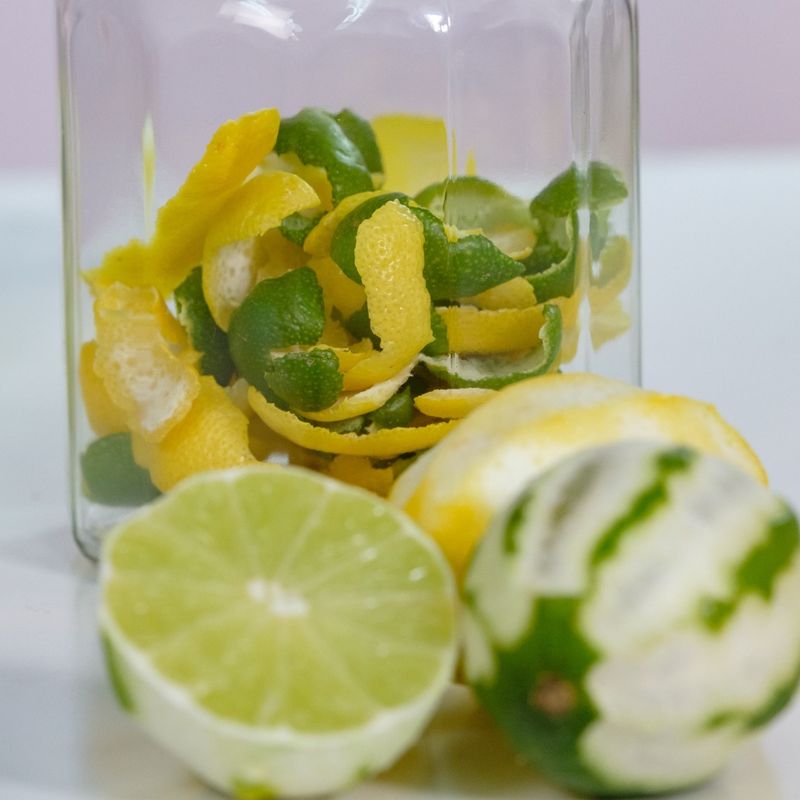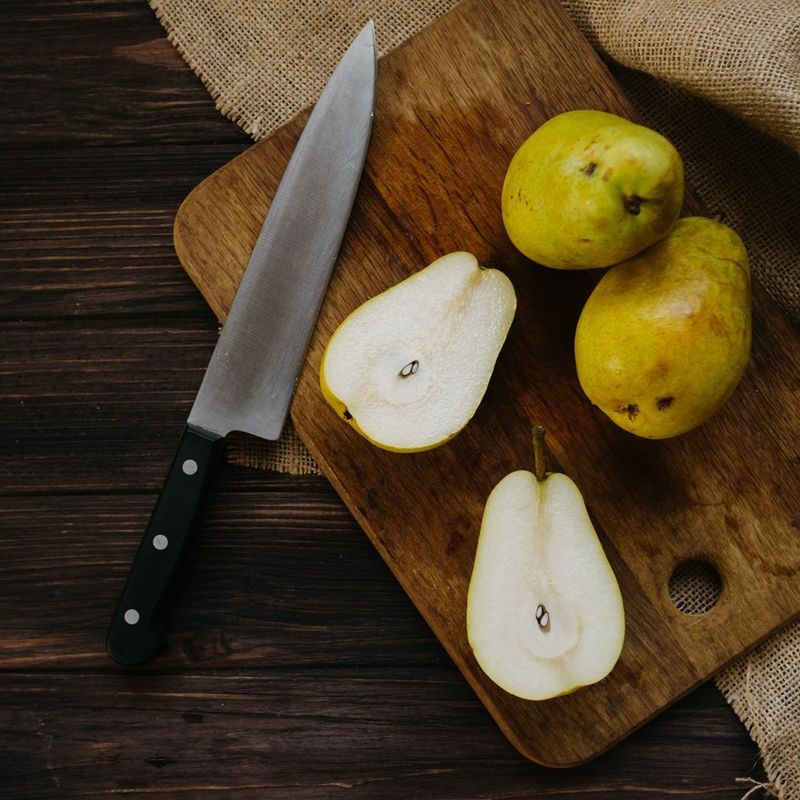Peeling fruit isn’t just for eating—those leftover peels are like little powerhouses for your garden. I’ve been amazed at how much life they bring to my plants with just a bit of compost magic.
Using fruit peels as fertilizer is easy, natural, and gives your garden that extra boost it craves. Plus, it feels great knowing you’re turning kitchen scraps into plant fuel instead of tossing them away.
Let me share some of my favorite peels that work wonders and other clever ways to feed your green friends!
1. Banana Peels
Rich in potassium and phosphorus, these yellow jackets are plant superfood. They break down quickly and deliver nutrients directly to hungry roots. Many gardeners swear by them for flowering plants and vegetables that need extra potassium.
You can use them fresh by burying chopped pieces directly in the soil, or make banana peel tea by soaking them in water for a few days. Roses and tomatoes particularly love this natural boost – you’ll notice more blooms and fruits after treatment.
2. Orange Peels
Citrus peels add acidity to soil while deterring pests with their strong scent. They work wonders for acid-loving plants like azaleas, gardenias, and blueberries that thrive in lower pH conditions.
Chop them finely before adding to soil to speed decomposition. The oils in orange peels also naturally repel aphids, ants, and mosquitoes, giving your garden double protection. Just don’t use them around pets – some animals find citrus oils irritating to their sensitive noses.
3. Apple Peels
Don’t toss those apple scraps! They decompose quickly and add valuable trace minerals to your garden beds. The natural sugars feed beneficial soil microbes that help break down other organic matter.
Save peels after making pies or snacking, then blend them with water for an easy spray-on fertilizer. Apple peels work especially well for root vegetables like carrots and beets. The pectin in apple peels also improves soil structure, helping it retain moisture better during dry spells.
4. Watermelon Rinds
Summer’s favorite fruit leaves behind nutrient-packed rinds that gardens love. They contain significant amounts of potassium, nitrogen, and various micronutrients that boost plant growth and health. Cutting them into smaller pieces helps them break down faster.
Bury chopped rinds several inches deep near plant roots where they’ll slowly release nutrients. Cucumbers, squash, and melons respond particularly well to this treatment – it’s like feeding them distant cousins! The high water content also helps improve soil moisture during decomposition.
5. Avocado Peels
After making guacamole, save those peels! They’re surprisingly rich in nitrogen and potassium – essential nutrients for leafy greens and fruiting plants. The soft texture means they break down relatively quickly in compost or soil.
Simply tear into smaller pieces and mix into your top layer of soil. Avocado peels work particularly well for indoor plants that need gentle fertilizing. Many houseplant enthusiasts notice lusher growth after adding these nutrient-rich scraps to their potting mix.
6. Pineapple Peels
Tropical goodness for your garden! Pineapple peels and tops contain manganese, beneficial enzymes, and mild acidity that can improve soil health. They’re particularly beneficial for plants that prefer slightly acidic conditions.
Create pineapple peel tea by soaking the scraps in water for a week, then use the liquid to water your plants. Bromeliads, ferns, and orchids especially appreciate this tropical treat. The tough texture means they break down slowly, providing a long-lasting nutrient release.
7. Mango Peels
Sweet and juicy mangoes leave behind peels loaded with potassium and magnesium – perfect for flowering plants needing extra support. The bright peels break down relatively quickly, especially when chopped into smaller pieces.
Bury them near roses, hibiscus, or other heavy bloomers for a natural flowering boost. Some gardeners create mango peel tea by steeping the peels in water for several days. This creates a gentle liquid fertilizer that won’t burn sensitive roots while delivering essential nutrients.
8. Kiwi Skins
Those fuzzy brown skins pack a powerful nutrient punch! Kiwi peels contain phosphorus, potassium, and nitrogen – the trifecta of plant nutrition. Their small size means they decompose quickly when added to garden soil.
Mix chopped kiwi skins directly into potting soil or garden beds. Strawberries and other berries respond particularly well to kiwi skin fertilizer. The quick breakdown means nutrients become available to plants within weeks rather than months required for tougher peels.
9. Pomegranate Rinds
Those tough, leathery shells are garden treasures! Pomegranate rinds contain tannins and antioxidants that benefit soil health while slowly releasing nutrients. Their sturdy nature means they break down gradually, providing long-term feeding.
Dry and crush them before adding to soil for faster decomposition. Roses and other flowering perennials show remarkable improvement with pomegranate rind amendments. The natural compounds also help suppress certain soil-borne diseases, giving your plants extra protection while feeding them.
10. Grapefruit Peels
Bitter peels make sweet additions to your garden! Grapefruit rinds provide acidity and essential oils that many plants love. The citrus scent naturally deters many common garden pests while the peels break down.
Cut them into small pieces and mix into the top layer of soil. Blueberries, azaleas, and camellias particularly benefit from the acidity grapefruit peels provide. Like other citrus peels, they contain d-limonene, which acts as a natural insect repellent for ants and garden pests.
11. Lemon Peels
Zesty and bright, lemon peels bring acidity and nutrients to garden soil. They’re excellent for plants that thrive in lower pH conditions and contain oils that naturally deter many pests. The strong scent keeps cats from using your garden as a litter box!
Create a simple spray by soaking peels in water for several days. Use this citrus tea on plants like hydrangeas to encourage blue blooms or on gardenias to prevent yellowing leaves. Lemon peels also help release micronutrients in soil that might otherwise remain locked away from plant roots.
12. Cantaloupe Rinds
Sweet melon rinds deliver powerful plant nutrition! Cantaloupe peels contain potassium, phosphorus, and nitrogen that feed plants naturally. Their high water content helps them break down relatively quickly in warm soil.
Chop rinds into small pieces and bury them several inches deep near hungry plants. Tomatoes, peppers, and eggplants show remarkable improvement when fed with melon rinds. The natural sugars also feed beneficial soil microorganisms that improve overall soil health and structure.
13. Papaya Peels
Tropical papaya peels contain enzymes and nutrients that supercharge your soil. They’re particularly rich in potassium and natural plant compounds that stimulate growth. The soft texture means they decompose quickly in warm conditions.
Simply tear into pieces and mix into the top few inches of soil. Tropical houseplants and outdoor flowering plants respond dramatically to papaya peel fertilizer. The natural enzymes help break down other organic matter in soil, making more nutrients available to plant roots.
14. Cucumber Peels
Cool and crisp cucumbers leave behind peels full of silica and potassium. These nutrients strengthen plant cell walls and improve overall resilience to stress and disease. The thin peels break down quickly, delivering fast results.
Blend with water for an easy spray-on fertilizer that works wonders for leafy greens. Spinach, lettuce, and kale grow noticeably more robust with cucumber peel treatments. The high water content also helps hydrate soil microorganisms that aid in nutrient cycling and soil health.
15. Peach Peels
Fuzzy peach skins deliver sweet benefits to garden soil! They contain potassium and natural sugars that feed both plants and beneficial soil microbes. The soft texture means they decompose rapidly, especially in warm weather.
Mix chopped peach peels directly into the top few inches of soil around flowering plants. Marigolds, zinnias, and other annual flowers bloom more profusely with this natural boost. The mild, pleasant scent also helps mask other garden odors that might attract unwanted pests.
16. Lime Peels
Tangy lime peels pack a powerful acidic punch that acid-loving plants crave! They help lower soil pH while providing essential oils that naturally repel many common garden pests. The strong scent keeps many mammals away from garden beds.
Dry and crush them for longer-lasting soil amendment, or use fresh for faster results. Gardenias, camellias, and rhododendrons show remarkable improvement when treated with lime peel fertilizer. The oils also help prevent fungal issues in humid climates by creating a natural protective barrier.
17. Pear Peels
Sweet and mild pear skins offer gentle nutrition for sensitive plants. They contain balanced levels of potassium, phosphorus, and trace minerals without harsh compounds that might burn roots. Their thin texture means quick decomposition.
Add chopped pear peels to seedling soil or around young transplants for gentle feeding. Newly established herbs and vegetables benefit from this mild nutrient source. Many gardeners notice stronger seedling development and fewer transplant issues when using pear peel amendments in their soil mix.

